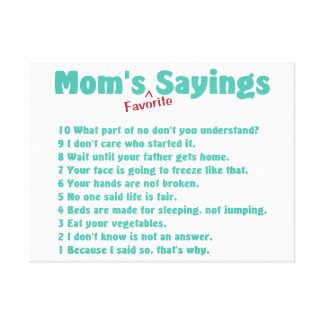June was Immigrant Heritage Month! To celebrate America’s diversity and the monumental contributions immigrants make every day, I’m featuring my mother’s immigrant ancestors. I’ll have to go back quite far, as her family lines came to America many generations ago. Gail’s family name was McGhee and her mother’s maiden name was Vining.
Here’s the family tree showing the Vining line. John Vining was her immigrant ancestor for the Vining line, having been born in Wincanton, England in 1636. He died 49 years later in Weymouth in the Colony of Massachussets. Weymouth is just south of Boston.

As you can see, there are some gaps in the family tree for the Vining line. I’m working on it.
Of course, along the way, there were many other family lines joining in. Tower, Buckland, Ashcroft, Long, Pease, Stone, Prior, Marsh. About 250 years later, the Vining and the McGhee lines converged when Ruth Vining and Clarence McGhee met and married in Tyro, Kansas in 1918.
Gail Lee was their second child. When she was in her sixties, she plunged into tracing the family history back through the generations. Finding her immigrant ancestors and where they came from was a thrill for her.

McGhee – Martin family tree
Do you know when your immigrant ancestors arrived in America? Where did they come from? One wonders what motivated them to make such a big move.















